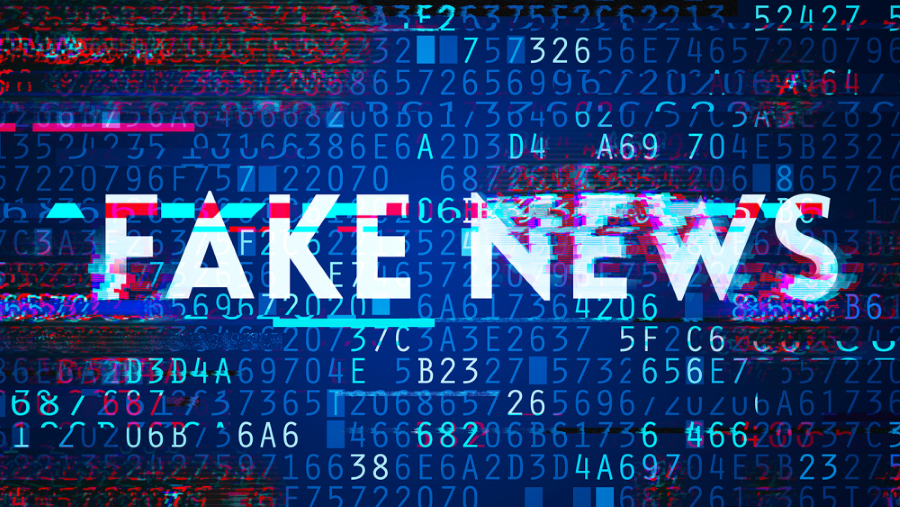Elections are the bedrock of democratic societies, but historically, they have been vulnerable to various forms of manipulation and fraud. Over the last decade, there have only been 1,465 proven cases of election fraud out of the hundreds of millions of votes cast, but election interference through tactics like deliberately spreading disinformation has become increasingly more common.
Election Day for determining the next U.S. President isn’t until November 5th, but early voting starts as early as September 6th in some states. With election season officially underway, understanding past election scams and current threats is crucial for safeguarding the future of democratic processes. As technology and political landscapes evolve, so do the methods used to undermine electoral integrity. Let’s examine the impact of historical election scams, how cybersecurity measures have advanced in response, and the current landscape of election cybersecurity threats.
Historical Election Scams: A Brief Overview
Throughout history, election scams have come in many forms, from ballot stuffing to voter intimidation. One of the most notorious examples is the 1960 Kennedy-Nixon U.S. presidential election, which was so close that both Republicans and Democrats accused the other side of stuffing ballot boxes. Nixon later claimed in his autobiography that widespread fraud had happened in Illinois, which Kennedy won by less than 10,000 votes.
In more recent history, the 2016 U.S. presidential election highlighted a new dimension of electoral interference: cyber manipulation and disinformation. Russian operatives used social media to spread divisive content and hacked into the email accounts of political figures to release sensitive information. This year, Iranian hackers successfully breached the Trump campaign and targeted the Harris campaign as well.
Hacking is not limited to U.S. elections. In the 2017 French presidential election, hackers targeted the campaign of Emmanuel Macron, leaking internal documents and emails. While the impact of this breach was mitigated by the swift response of the Macron campaign and French authorities, it highlighted the vulnerability of political campaigns to cyberattacks and the importance of rapid countermeasures.
Evolving Cybersecurity Measures
In response to these emerging threats, cybersecurity measures have evolved substantially. In the wake of the 2016 election interference, there was a heightened awareness of the vulnerabilities in electoral systems. This led to the development and implementation of more robust cybersecurity protocols aimed at protecting the integrity of elections.
- Enhanced Voting Systems Security: One of the primary responses has been the improvement of the security of voting machines. Many areas have transitioned to more secure, paper-based voting systems that offer a verifiable paper trail. These systems help ensure that votes can be audited and verified, mitigating the risks associated with electronic voting machines that are susceptible to hacking.
- Strengthened Cyber Defenses: Federal and state agencies have made progress in having cybersecurity infrastructure to protect against cyber threats. The Department of Homeland Security (DHS) and the Cybersecurity and Infrastructure Security Agency (CISA) have played pivotal roles in providing resources and guidance to state and local election officials. This includes vulnerability assessments, incident response support, and threat intelligence sharing.
- Disinformation Countermeasures: Recognizing the role of disinformation in election manipulation, social media platforms have taken steps to counter false information. Platforms like Facebook, Twitter, and Google have implemented fact-checking processes, content moderation policies, and transparency measures to curb the spread of misinformation. Additionally, there is ongoing collaboration between tech companies and election authorities to identify and address disinformation campaigns.
Current Landscape of Election Cybersecurity Threats
As technology continues to advance, so do the tactics used by malicious actors. The current landscape of election cybersecurity threats includes:
- Sophisticated Phishing Attacks: Phishing attacks have become more sophisticated, targeting election officials and campaign staff to gain unauthorized access to sensitive information. These attacks often involve well-crafted emails or messages that appear legitimate but are designed to steal login credentials or deploy malware.
- Ransomware Attacks: Ransomware attacks, where malicious software encrypts data and demands payment for its release, pose a significant threat to election infrastructure. Such attacks can disrupt election operations, delay results, and undermine public confidence in the electoral process.
- Deepfakes and AI-generated Misinformation: Advances in artificial intelligence have enabled the creation of deepfakes—realistic but fabricated videos or audio recordings. These can be used to spread false information and create confusion among voters. As AI technology continues to evolve, the potential for using deepfakes in election interference grows. For example, right before a pivotal election in Slovakia, an audio deepfake circulated of a top candidate saying he’d rigged the election and would raise the cost of beer. It’s unknown how many votes that cost the politician, but the fake recording went viral on social media.
Empowering Voters and Election Officials
To effectively address these threats, it is essential for both voters and election officials to be informed and proactive. Voters should be educated about the signs of misinformation and the importance of verifying information from credible sources. Election officials should stay informed about the latest cybersecurity practices and potential threats and adhere to best practices for cybersecurity, including regular updates, strong access controls, and encryption. Transparent communication with the public about the steps being taken to secure elections can build trust and counteract disinformation efforts.
Understanding past election scams and current cybersecurity threats is vital for protecting the integrity of democratic processes. By learning from historical incidents and staying vigilant against emerging threats, we can strengthen our electoral systems and ensure that future elections are fair, transparent, and secure. Through ongoing advancements in technology and policy, we can address the challenges of today and safeguard the future of democracy.











